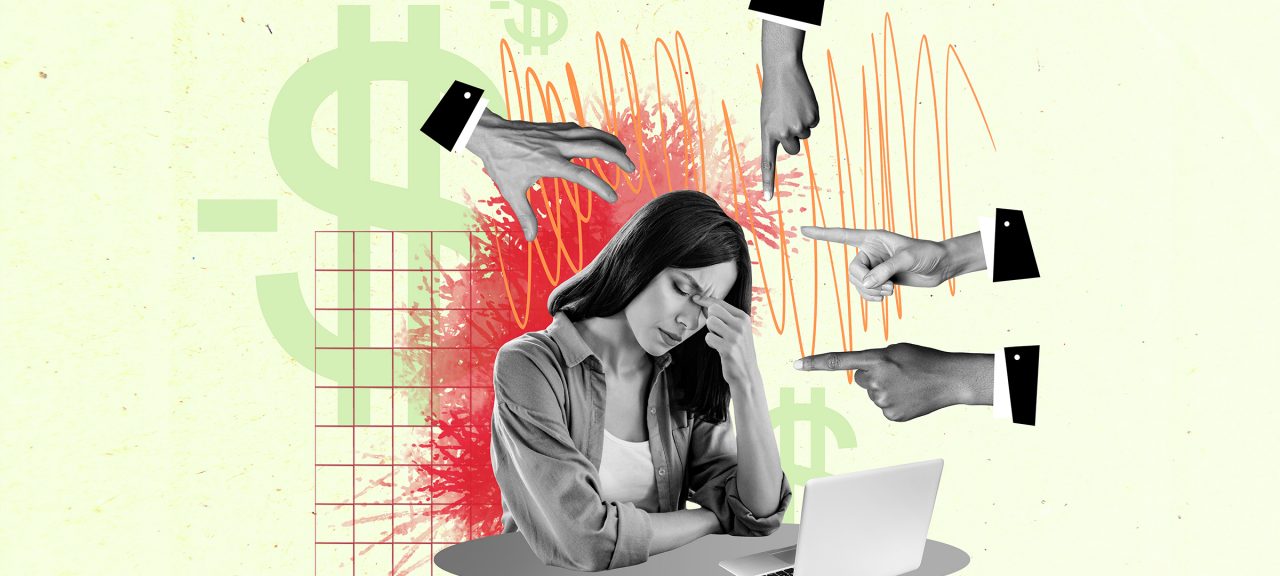The Costly Impact of Workplace Incivility — and How to Prevent It

Certain instances of workplace incivility might be permitted by the law, but such behavior has enormous costs for businesses: $2.7 billion per day, collectively, in absenteeism and reduced productivity, according to SHRM’s Q4 2024 Civility Index. In an effort to shrink those costs, employer programs to prevent and remedy unlawful harassment can also go a long way toward avoiding and deterring lawful incivility, defined as abusive, hostile, disrespectful, impolite, or rude conduct that does not have a link to a protected characteristic.
Learn more: Civility
Ripple Effects from Biden Administration
On Jan. 16, during the last days of the Biden administration, then-National Labor Relations Board (NLRB) General Counsel Jennifer Abruzzo wrote a memo — rescinded Feb. 14 pending further guidance — on harmonizing the National Labor Relations Act (NLRA) and equal employment opportunity laws.
“First and foremost, I emphasize that workplace civility rules are completely distinct from anti-harassment policies,” she wrote. Abruzzo is no longer in office.
However, promoting civility is a critical step toward preventing harassment — which is why the U.S. Equal Employment Opportunity Commission’s training to prevent harassment focuses on respect, akin to civility.
For these reasons, among others, any robust workplace programs designed to prevent harassment should address civility. That is despite the puzzling case of Stericycle, Inc., 372 NLRB No. 113 (2023).
There, the NLRB effectively said that a work rule — even one saying “treat each other with civility and respect” — is pre-sumed illegal if it would have a reasonable tendency to discourage employees from engaging in NLRA-protected activity, such as protesting unfair labor practices. This standard is likely to be overruled during the Trump administration.
Tell Managers What to Avoid
Consider this hypothetical: A manager yells at an employee for not meeting their expectations.
If that hostile conduct is directed at the worker because of their sex, race, or another protected characteristic, then it could be contributing to an unlawful hostile work environment. However, if the manager yells at all subordinates not meeting the manager’s expectations — without regard to their sex, race, or other protected characteristics — then the conduct, while inappropriate, is generally legal.
Every responsible employer should provide training on unlawful harassment to managers and supervisors. To be effective, however, training should go beyond general labels and include specific examples of harassing conduct that managers must avoid — for example, “jokes” that make fun of, demean, or stereotype a protected group. Additionally, the employer should make clear that, even if lawful, any type of harassment is unacceptable.
As part of this management training, companies should include specific examples of uncivil conduct that must be avoided, even if there is no link to a protected group, such as yelling at an employee because they are a poor performer (and not because of any protected characteristic).
As for other employees, Abruzzo’s January memo gave two suggestions for minimizing the risk of addressing civility with employees covered by the NLRA.
- Don’t require civility without explaining what it means. Provide concrete illustrations of what incivility looks like. Specific examples teach employees about what types of conduct they should avoid.
- Include a clear disclaimer that the work on civility is not intended to prohibit or interfere with NLRA rights. The memo has excellent language at the end of the section on civility for employers to borrow in their own policies.
Otherwise Substantiated?
When it comes to investigations, in most organizations, the employer’s ultimate finding falls within one of three categories: substantiated, unsubstantiated, or inconclusive. Where does uncivil conduct unrelated to a protected characteristic fit within this framework?
Let’s say that an employee, Diane, alleges that she has been subject to uncivil conduct because of her religion. Diane has encouraged co-workers to attend church with her, and her boss has told Diane to “mind your own [expletive] business and get back to work.” After looking into it, her employer concludes that Diane has been disrespected — not because of her religion but because her boss is rude to all workers. Most likely, the employer would treat the complaint as unfounded within this framework.
This finding may do more than simply diminish the legitimacy of Diane’s concerns. Just having three categories of investigation results may let the manager off scot-free for inappropriate, though lawful, behavior.
For this reason, employers might consider adding a fourth category to their investigatory framework: “otherwise substantiated.”
Within this category, an employer could include investigatory findings of uncivil or otherwise inappropriate conduct, even if the behavior does not violate the employer’s harassment policy because the conduct has no legal tie.
This fourth category not only allows the employer to censure incivility when there is no legal connection, but it also makes it less likely that the censure may be seen as carrying a legal admission.
Stopping incivility in the workforce isn’t easy. Increasing training and adjusting investigation procedures may not end incivility in the workplace, but these steps can make it less common.


